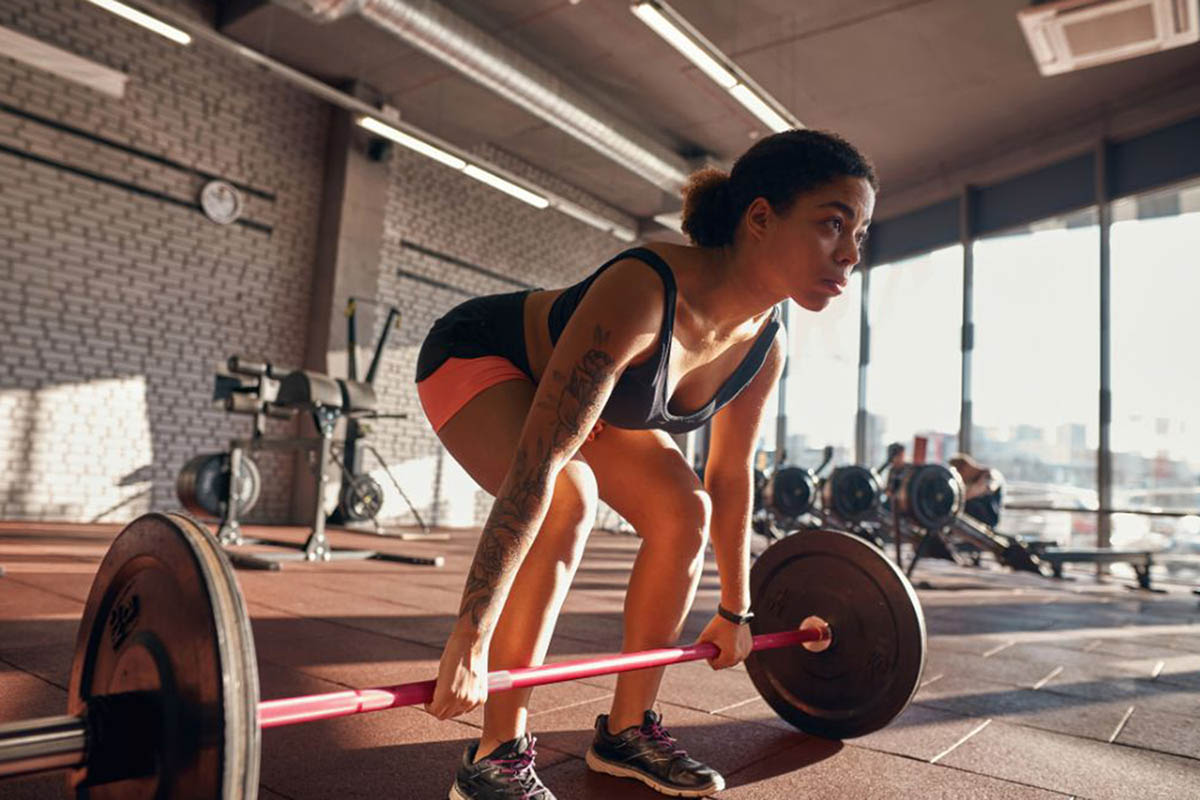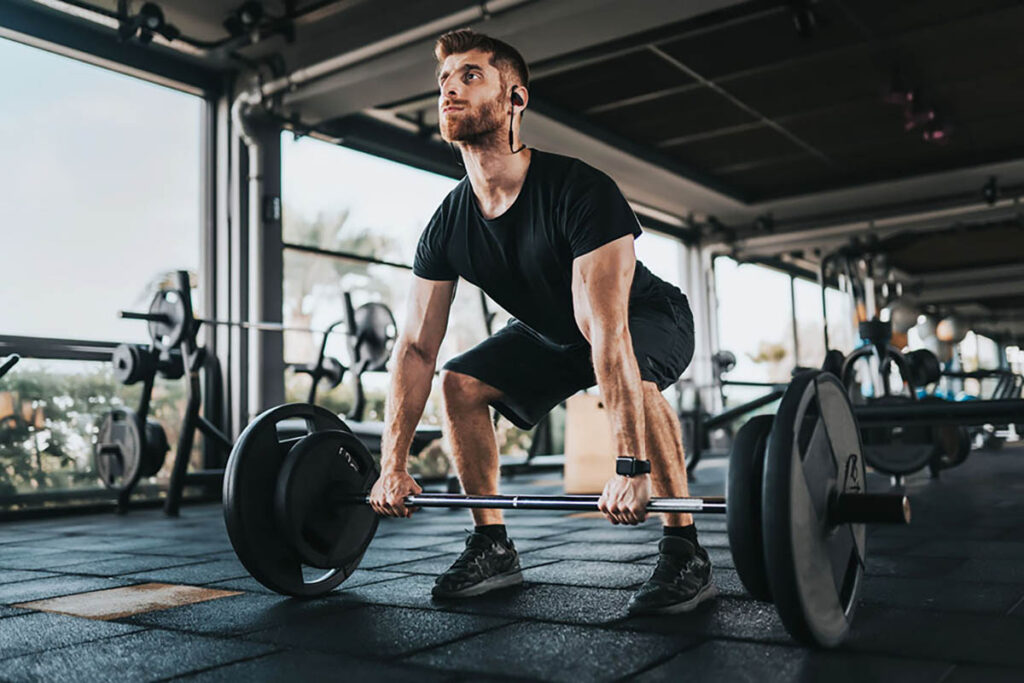Experiencing back soreness after deadlifts is a common concern for many lifters. While some degree of muscle soreness can be expected, especially for beginners, persistent or excessive lower back pain after deadlifting is not normal and should be addressed. Let’s explore the causes, preventive measures, and solutions for back soreness after deadlifts.
Normal vs. Abnormal Soreness
It’s important to distinguish between normal muscle soreness and potentially problematic pain:
Normal soreness: Mild discomfort in the lower back, glutes, and hamstrings that typically subsides within 24-48 hours.
Abnormal pain: Persistent, sharp, or intense pain in the lower back that lasts for days or worsens over time.
If you’re new to deadlifting, some initial soreness is expected as your body adapts to the movement. However, if you’re experienced and consistently experiencing excessive lower back soreness, it’s time to evaluate your form and programming.
Common Form Faults Contributing to Back Soreness
1. Inability to Set and Maintain Spinal Position: Proper technique involves maintaining an isometric contraction in the lower back throughout the lift. The “chest up” cue helps achieve the correct starting position. Avoid excessive thoracic rounding, especially under heavy loads.
2. Optimizing Hip Height During Set Up: Starting with hips too high limits quad and posterior chain contribution and stresses the lower back. Position the bar 1-2 inches away from the shins, then move your shins towards the bar. Aim to get your knees to your elbows for correct hip height.
3. Hips Shooting Up Too Soon: Premature hip rise can cause the lower back to lose its rigid positioning. Maintain contact between the bar and your legs throughout the lift. (not dramatically, just don’t let the bar drift away from you) Focus on pushing through your quads and glutes while keeping your knees bent longer.
Programming Errors That Can Lead to Back Soreness
1. Training at Excessively High Intensity: Constantly lifting near maximal effort is testing, not training. Aim for most working sets to be at RPE 7-8.5 or 80-86% of 1RM.
2. Utilizing Back-Down Sets: Perform a top set followed by back-off sets at a reduced percentage.
Example: Top set of 3 at RPE 8, then 3×3 at 7% lower weight.
Optimizing Your Deadlift Technique and Programming

1. Form Improvements: Focus on maintaining a neutral spine throughout the lift. Use the “chest up” cue to set your starting position. Keep the bar close to your body, dragging it up your legs.
2. Programming Adjustments: Reduce training intensity if you’re consistently lifting above 90% or RPE 9. Implement back-down sets to manage overall training volume and intensity. Allow adequate recovery time between deadlift sessions.
3. Core and Posterior Chain Strengthening: Incorporate exercises that target the core, glutes, and hamstrings. This will improve your ability to maintain proper form during deadlifts.
When to Seek Professional Help
If you’ve made the recommended changes and still experience persistent back pain or soreness after deadlifts, consider:
1. Consulting with a qualified strength coach or physical therapist.
2. Exploring alternative deadlift variations like sumo or trap bar deadlifts.
3. Getting a medical evaluation to rule out any underlying conditions.
Conclusion
Back soreness after deadlifts can often be addressed by optimizing your form and programming. Focus on maintaining proper spinal alignment, setting the correct hip height, and avoiding excessive training intensity. By implementing these strategies, you can reduce the risk of back soreness and continue to enjoy the benefits of deadlifting safely and effectively.
Remember, while some initial soreness is normal when starting out, persistent or severe back pain should not be ignored. Listen to your body, make necessary adjustments, and don’t hesitate to seek professional guidance when needed.

